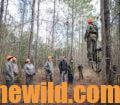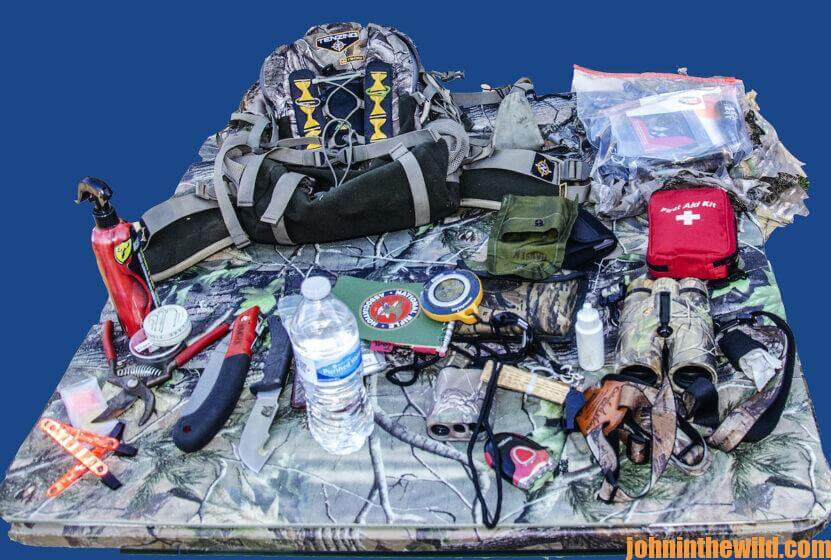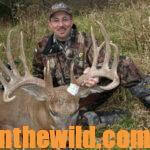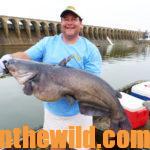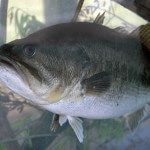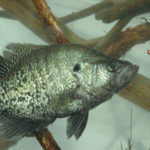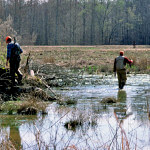Editor’s Note: My longtime friend, well-known outdoor writer, J. Wayne Fears, has written a comprehensive book that you can carry with you afield, “The Pocket Outdoor Survival Guide,” available at https://www.amazon.com/. The that will give you tips and answer your questions about surviving when you’re lost.
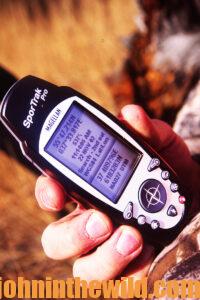 At Alabama’s Adult Mentored Deer Hunt Program (see Days 1-3), Sam Hansen, who is an EMT-P, a retired fire department battalion chief, a hunter-education instructor and an NRA certified rifle instructor, presented a seminar on backpack gear you need when hunting deer. Below is the equipment he recommends that all hunters need to have in their backpacks.
At Alabama’s Adult Mentored Deer Hunt Program (see Days 1-3), Sam Hansen, who is an EMT-P, a retired fire department battalion chief, a hunter-education instructor and an NRA certified rifle instructor, presented a seminar on backpack gear you need when hunting deer. Below is the equipment he recommends that all hunters need to have in their backpacks.
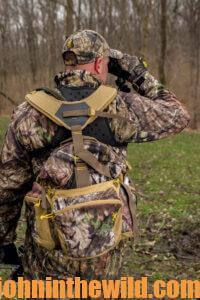 All-Year Backpack Essentials:
All-Year Backpack Essentials:
- A comfortable, versatile, multi-compartment backpack;
- A compactible rain suit and gun boot or gun rain cover. The weatherman isn’t always accurate in his predictions, and even weather forecasts on your cellphone or GPS aren’t always accurate;
- A backpack with multiple pockets to store gear;
- Binoculars and a binocular harness, often called a bino-harness, to hold the binoculars tight to your chest. The elastic strap allows you to pull them up to your eyes to search for game;
- A range finder;
- Field book with pencils. You may want to write down how to reach a particular stand site, what wind direction you need to hunt that site, and what you see from that stand site on the day you’re hunting;
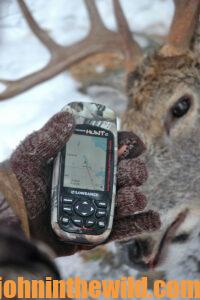
- A knife with a gut hook that enables a hunter to easily and quickly cut the hide of the deer before field dressing the animal. The knife is used to cut and quarter the meat and remove the gut;
- Earplugs to keep from damaging your hearing;
- Wind direction powder that lets you always know which way the wind’s blowing to keep the deer from smelling your human odor;
- Extra ammo and a clip for your rifle. If you don’t load your rifle before you reach your stand, and you use a rifle with an ammo clip while hunting from tree stands, if you happen to drop your clip loaded with ammo before the hunt begins, you can put that extra clip and ammo in your rifle. Then you don’t have to climb down from your stand to pick-up the clip you’ve dropped;
- A 25-foot piece of webbing. Webbing is much more compactable and lighter weight than most ropes, and you can throw webbing over a limb and pull
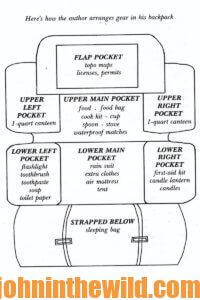 your buck up for skinning or use it to pull your gun, your bow or your backpack up, if you’re hunting from a tree stand;
your buck up for skinning or use it to pull your gun, your bow or your backpack up, if you’re hunting from a tree stand; - A pair of pruning shears and a folding saw to cut small branches in your shooting lane to keep your arrow or your bullet from deflecting before reaching your target;
- A reliable flashlight and extra batteries for traveling in the woods before daylight and after dark and to blood trail a deer in the dark;
- A topographic map or a map of the lease or property you’re hunting. On private lands, keep a copy of your permission slip handy, and also bring your licenses;
- Reflective trail markers and flagging tape to mark the trail to your stand, and/or to mark the blood trail of a deer you’ve shot or arrowed;
- A hand-held GPS receiver or a cell phone with GPS built-in, as well as a cell-phone charger that you can use if the battery of your phone goes dead. You also will want a compass to use if any or all of your navigation equipment quits working;

- A first-aid kit including mole skin to prevent blisters, aspirin or Aleve, Band-Aids, tourniquets and any other medical equipment you may need in the field;
- Waterproof matches, a whistle and some type of fire starter for spending an unexpected night in the wood;
- Odor eliminator;
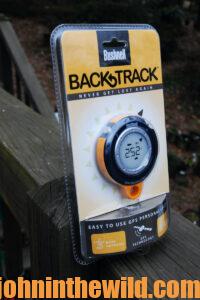
- A balaclava face mask and gloves for warmth;
- An emergency poncho, space blanket and a compactable sleeping bag; and
- Favorite snacks, water and a couple of dog biscuits in a bag. (No one likes to eat dog biscuits, so if you take those with you, you won’t eat them quickly and not have anything to eat if you’re not rescued quickly.
 Seasonal Equipment You’ll Need:
Seasonal Equipment You’ll Need:
- Handwarmers/body warmers;
- Emergency blanket;
- Deer calls and deer lures; and
- Personal items like sunscreen, Chapstick, insect repellent and extra meds (2-3 days’ worth) in a Ziploc bag.
Optional Items:
- A multitool;
- An extra orange vest; and
- A face camo stick and/or a face mask.
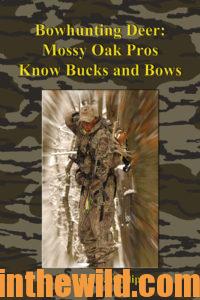 To learn more about hunting deer, check out John E. Phillips’ brand-new Audible book that became available August 2, 2022, and now is in Kindle, print and Audible versions, “Bowhunting Deer: Mossy Oak Pros Know Bucks and Bows” at https://www.amazon.com/. For more information on hunting deer, look at John’s book, “Hunt Deer Like a Pro” (http://amzn.to/YpoQHA), available in Kindle, Audible and print. You may have to copy and paste these links into your browser. (When you click on either book, notice on the left where Amazon says you can read and hear 10% of the books for free.) On the right side of the page and below the offer for a free Audible trial, you can click on Buy the Audible book.
To learn more about hunting deer, check out John E. Phillips’ brand-new Audible book that became available August 2, 2022, and now is in Kindle, print and Audible versions, “Bowhunting Deer: Mossy Oak Pros Know Bucks and Bows” at https://www.amazon.com/. For more information on hunting deer, look at John’s book, “Hunt Deer Like a Pro” (http://amzn.to/YpoQHA), available in Kindle, Audible and print. You may have to copy and paste these links into your browser. (When you click on either book, notice on the left where Amazon says you can read and hear 10% of the books for free.) On the right side of the page and below the offer for a free Audible trial, you can click on Buy the Audible book.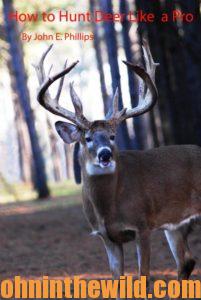
Tomorrow: How Adult Mentored Deer Hunt Programs Work


